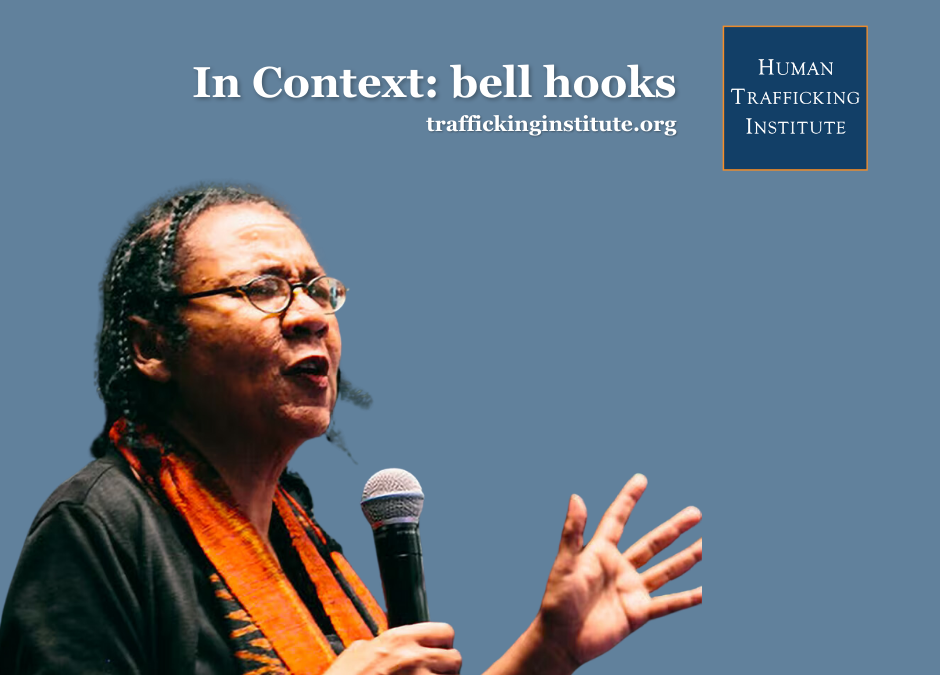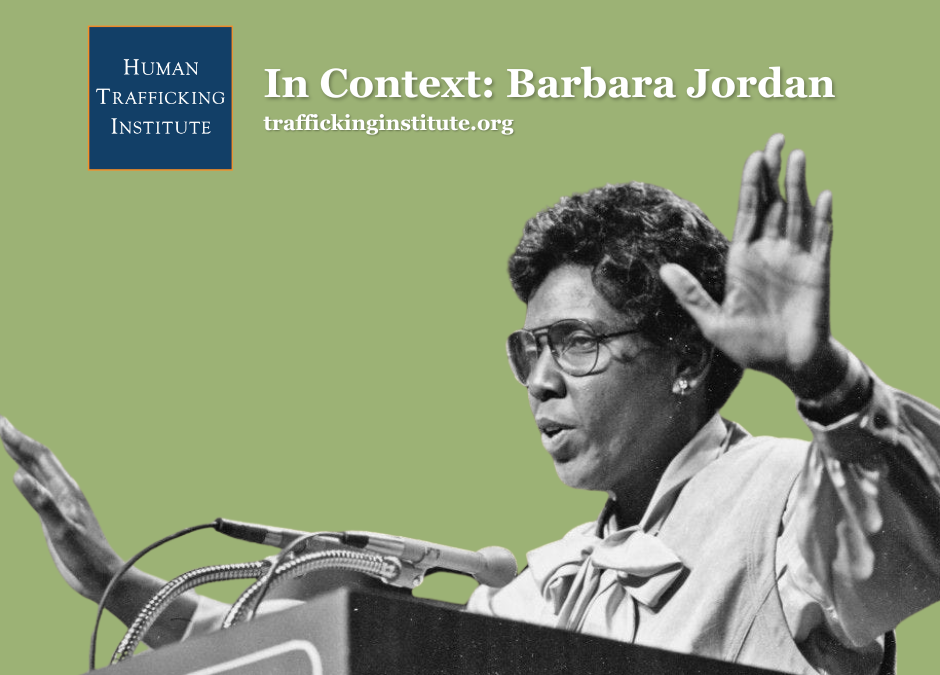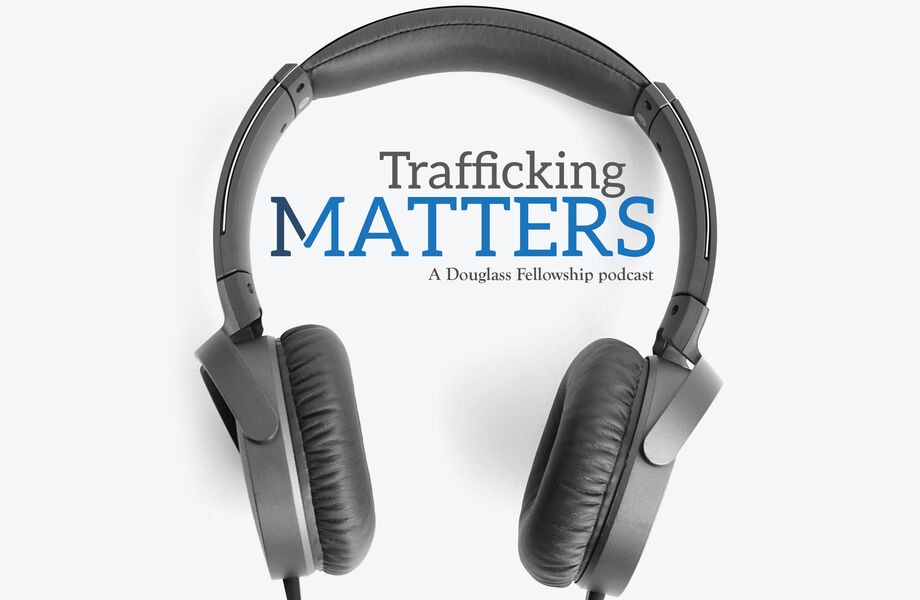By: REBECCA JUN
During this holiday season, every purchase will have a rippling effect. While bringing happiness to the gift receiver, purchases have the power to also empower or harm the gift producer.
The Power of Purchase
According to the International Labour Organization (ILO), an estimated 24.9 million people are victims of forced labor around the world.1 As shelves are re-stocked with trending toys, new gadgets, and cozy sweaters, most of these holiday gifts are sourced and produced far from where they end up. When goods have to travel far to get to consumers, there are more opportunities for opaque global supply chains as ethical standards can get lost throughout the process.2
According to the 2018 Global Slavery Index, the top 5 imports of products at risk of modern slavery to the United States are:
- Laptops, computers, and mobile phones
- Apparel and clothing accessories
- Fish
- Cocoa
- Timber
The United States imports $144 billion of at-risk products annually. These products are imported from China, Malaysia, India, Thailand, and Vietnam, among others. In a single year, the United States imports more than $90 billion worth of laptops, computers, and mobile phones, $47 billion worth of apparel and clothing accessories, $3 billion of fish, and $1 billion of cocoa.3
Global trade is inevitably generated by modern slavery.4 As the United States heavily relies on a constant flow of imported goods, it is important for consumers to be aware of the social impact.
“Even the wealthiest countries have a clear and immediate responsibility for responding to modern slavery both domestically and beyond their borders.” Global Slavery Index 2018 Findings
Know Your Brands
It is important to look behind brands and evaluate their transparency efforts, especially when updating wardrobes this holiday season. The fashion industry represents one of the biggest connection points for millions of people across the world as it capitalizes on the new globalized world of the 21st Century.5 However, this industry makes up one of the largest sectors at risk of forced labor.
Factors that contribute to the industry’s risk include:
- Due to a higher demand in a hyper-competitive market for consumers, companies rely on cheap labor which can lead to compromises on workers’ rights and treatment.6
- The fashion industry heavily relies on migrant labor, a population that can often be vulnerable to mistreatment and a lack of labor protection.7,8
- The multi-step process of garment creation, spanning from agriculture and manufacturing to retail, can lead to opaque supply chains as it becomes more difficult to track each step.9 Various steps in apparel and footwear processes have been found to contain issues of forced labor such as: picking cotton, harvesting rubber, working on cattle ranches used to produce leather, working in the farming of silk cocoons, spinning yarn, and manufacturing.10
- Women and girls comprise the majority of workers in the apparel industry. For various factors, especially in developing nations, women may face gender discrimination, experience sexual harassment and abuse, and find it difficult to voice grievances or allegations of abuse.11
Global fashion brands thrive on the exploitation of cheap labor to keep up with the fast fashion trends that cycle through department stores and malls.12 Conor Boyle, Global Operations Manager for the International Labour Organization/International Finance Corporation Better Work Program, says, “As customers in an increasingly disconnected world, it is important that we feel connected to the workers who make our clothes, as well as inform brands that we care about these people and their voice.”13
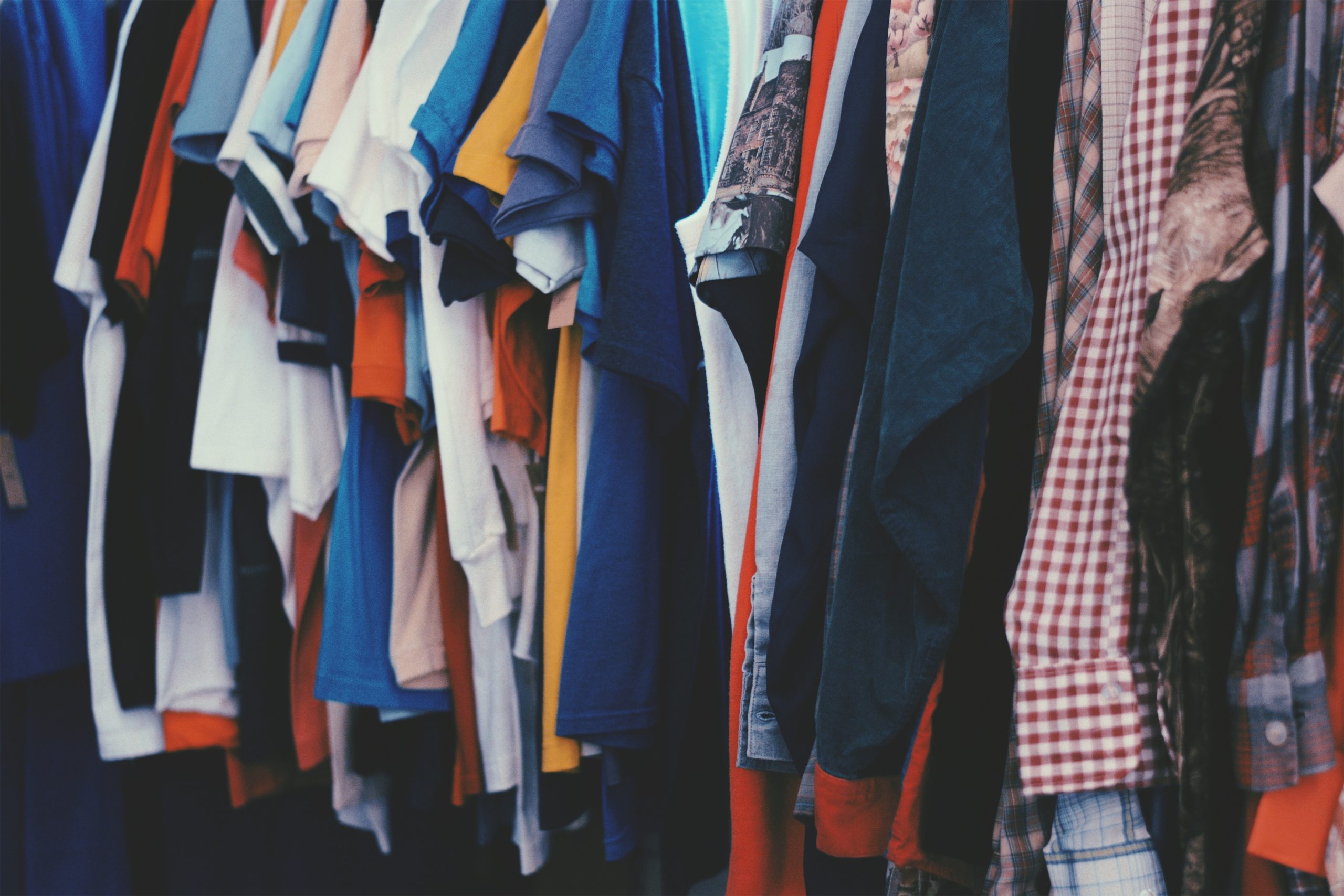
Know The Chain is a resource for consumers, which helps them understand forced labor risks among favorite brands as well as those company’s efforts to combat forced labor. In 2018, Know The Chain evaluated 43 Apparel and Footwear companies, documenting their efforts to eradicate forced labor from their supply chains.
These companies were evaluated based on the following:
- Commitment and Governance: Disclosure of supply chain standards that address forced labor
- Traceability and Risk Assessment: Disclosure of first-tier supplier lists and sourcing countries for raw materials
- Purchasing Practices: Disclosure of the approach to sourcing raw materials responsibly and displaying strong practices for incentivizing good labor practices
- Recruitment: Evidence of the company reducing the risk of exploitation of supply chain workers by recruitment agencies, eliminating workers’ payment of fees during recruitment processes and protecting the rights of migrant workers
- Worker Voice: Demonstration of (a) efforts to promote freedom of association in their supply chains and (b) a grievance mechanism for supplier’s workers
- Monitoring: Disclosure of a supplier audit process
- Remedy: Demonstration of a corrective action processes to fix and prevent identified non-compliance issues from the audit process14
Based on these criteria, the following companies scored the highest grades (at least 50 out 100 total points):
- Adidas (92/100)
- Lululemon (89/100)
- Gap (75/100)
- Primark (72/100)
- Inditex (70/100)
- PVH Corporation (69/100)
- H&M (65/100)
- VF Corporation (64/100)
- Nike (63/100)
- Hugo Boss (62/100)
Products that Empower
The good news is there are tangible ways consumers can take responsibility for their purchases and the United States is making significant efforts to combat human trafficking through its imports. A Global Slavery Index study from 2018 evaluated the Group of 20’s (G20) – 20 of the world’s largest economies – efforts to stop sourcing goods and services produced by forced labor. Based on indicators of good practices, the United States had the highest average score of 65%. Germany was next with a score of 36.7% followed by Brazil, Italy, and the United Kingdom with a score of 26.7%.15 In the United States, transparency measures for forced labor abuses are gaining momentum, so companies are increasingly expected by consumers, investors, media, and governments to uphold transparent and responsible supply chains.16
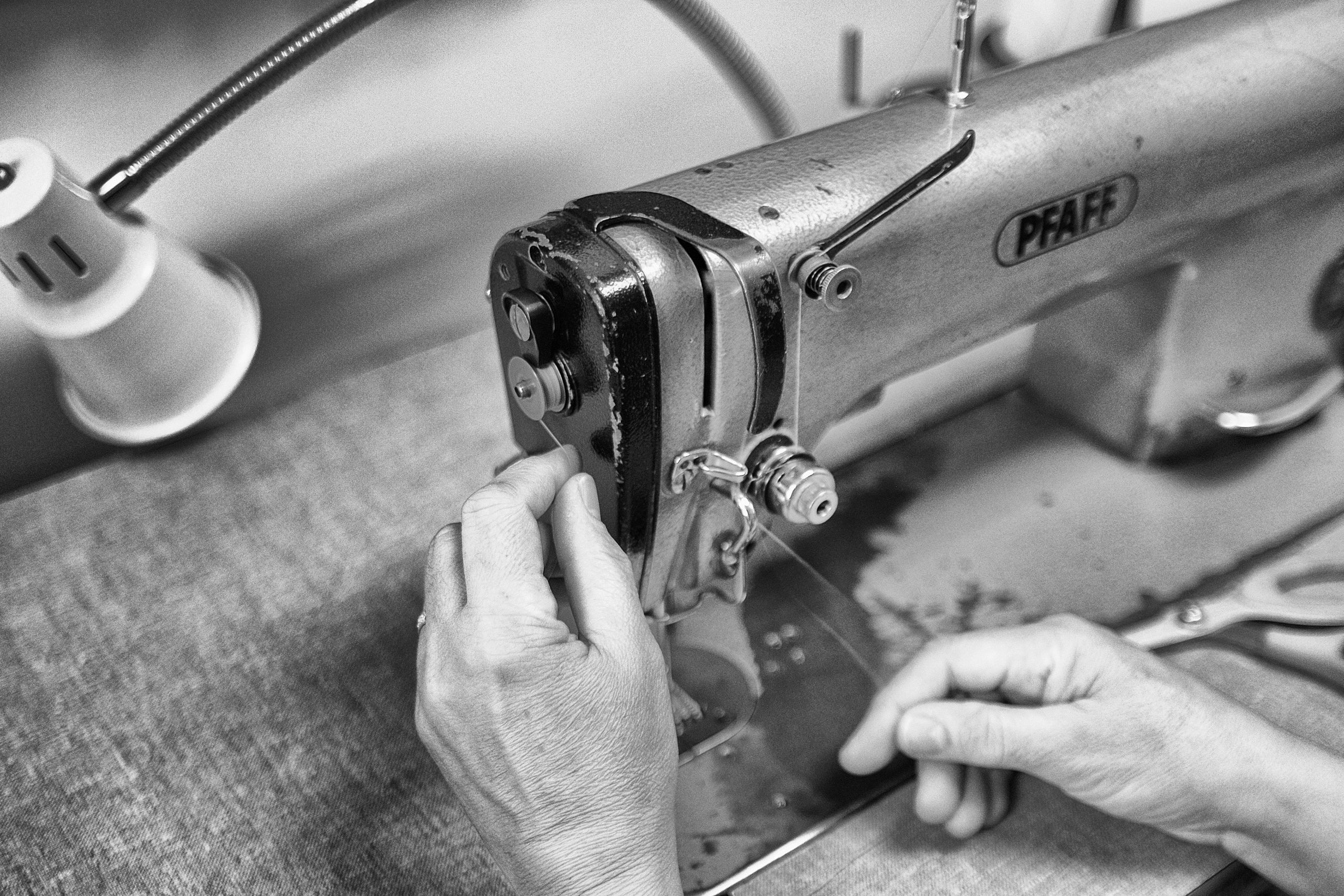
This holiday season, another way to empower the vulnerable and have a positive social impact is to look for the Fair Trade seal when making purchases. Fair Trade evaluates products to discern if the supply chain benefits the lives of the producers. The Fair Trade seal of approval can be found on items from coffee to chocolate to clothing.
“Every purchase supports something.” – “Why Fair Trade”
Fair Trade USA believes, “the products we buy and sell are connected to the livelihoods of others; fair trade is a way to make a conscious choice for a better world.” When a product is Fair Trade Certified, it is verified to align with rigorous social, environmental, and economic standards. It ensures people making products work in safe conditions, protect the environment, build sustainable livelihoods, and earn additional money to empower and uplift their communities. For a list of Fair Trade certified products, check out this link.
Helpful Holiday Tips
Here are questions to ask when looking to purchase products with the potential to empower workers along the supply chain:
- Who made my clothes? Who grew my food? Look into supply chain policies for your favorite brands and agricultural products to see if they comply with Fair Trade standards and ensure those making your clothing receive a fair share of the profits.17
- Will I wear it 30 times? The deflation of clothing prices puts supply chains under serious pressure to produce more, putting pressure on workers and potentially resulting in outrages like Rana Plaza and Tazreen. Asking yourself if you will wear a piece of clothing 30 times rather than buying frugal for a piece of clothing that will be worn fewer times is one way to shop smarter.
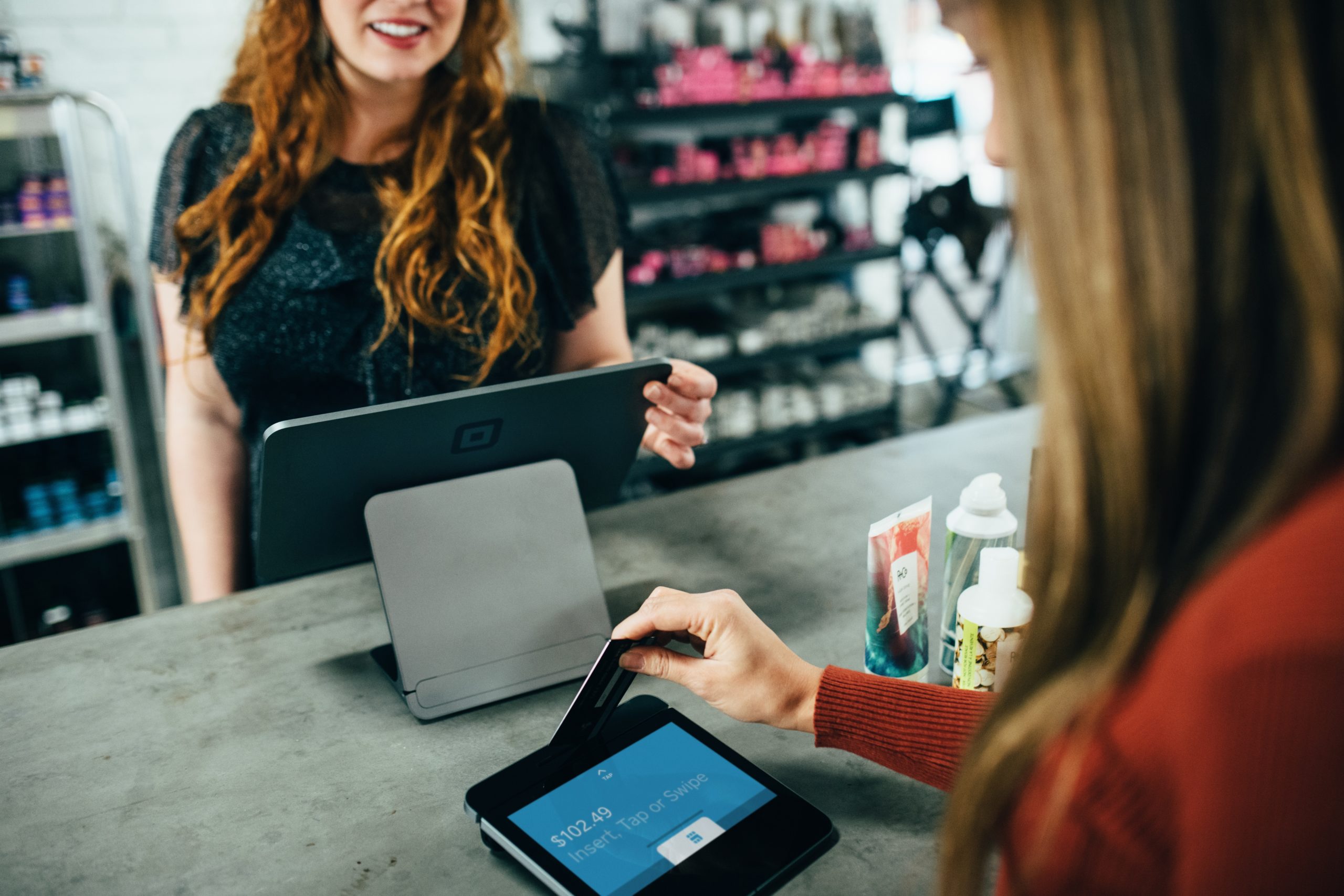
Purchases have power. This holiday season, it is important to consider the ways buying decisions can help or hurt our neighbors around the world.
- 1 International Labour Organization, “Forced Labour, Modern Slavery and Human trafficking.” Accessed 3 December 2019.
- 2 “The Issue.” KnowTheChain, 25 Jan. 2018, https://knowthechain.org/the-issue/.
- 3 “United States.” United States Global Slavery Index, https://www.globalslaveryindex.org/2018/findings/country-studies/united-states/.
- 4 Id.
- 5 Walk Free Foundation (2018), “The Global Slavery Index 2018.” https://knowthechain.org/wp-content/plugins/ktc benchmark/app/public/images/benchmark_reports/KTC_AF_2018.pdf
- 6 Reuters (7 June 2018), “Southeast Europe targets luxury brands’ fast fashion catchup.” Accessed 27 September 2018.
- 7 Bena, AnnaMarie. “Analysis – Almost 20 Years Later: Trafficking Survivors Need More Than a Patchwork of Benefits.”Trafficking Matters, 24 Oct. 2019, https://www.traffickingmatters.com/analysis-almost-20-years-later-trafficking-survivors-need-more-than-a-patchwork-of-benefits/.
- 8 “Visualize Risk.” Responsible Sourcing Tool, https://www.responsiblesourcingtool.org/visualizerisk.
- 9 “Human Rights.” The True Cost, https://truecostmovie.com/learn-more/human-rights/.
- 10 US Department of Labor (2018), “List of Goods Produced by Child Labor or Forced Labor,” pp. 8-14; “Textiles and Apparel.” Verité “Responsible Sourcing Tool.”
- 11 Fair Wear Foundation (2016), “India Country Study 2016,” p. 22.
- 12“Human Rights.” The True Cost, https://truecostmovie.com/learn-more/human-rights/.
- 13 Id.
- 14 “2018 Apparel and Footwear Benchmark.” https://knowthechain.org/wp-content/plugins/ktc benchmark/app/public/images/benchmark_reports/KTC_AF_2018.pdf
- 15 “G20 Countries.” Global Slavery Index. https://knowthechain.org/wp-content/plugins/ktc benchmark/app/public/images/benchmark_reports/KTC_AF_2018.pdf
- 16 “The Issue.” KnowTheChain, 25 Jan. 2018, https://knowthechain.org/the-issue/.


